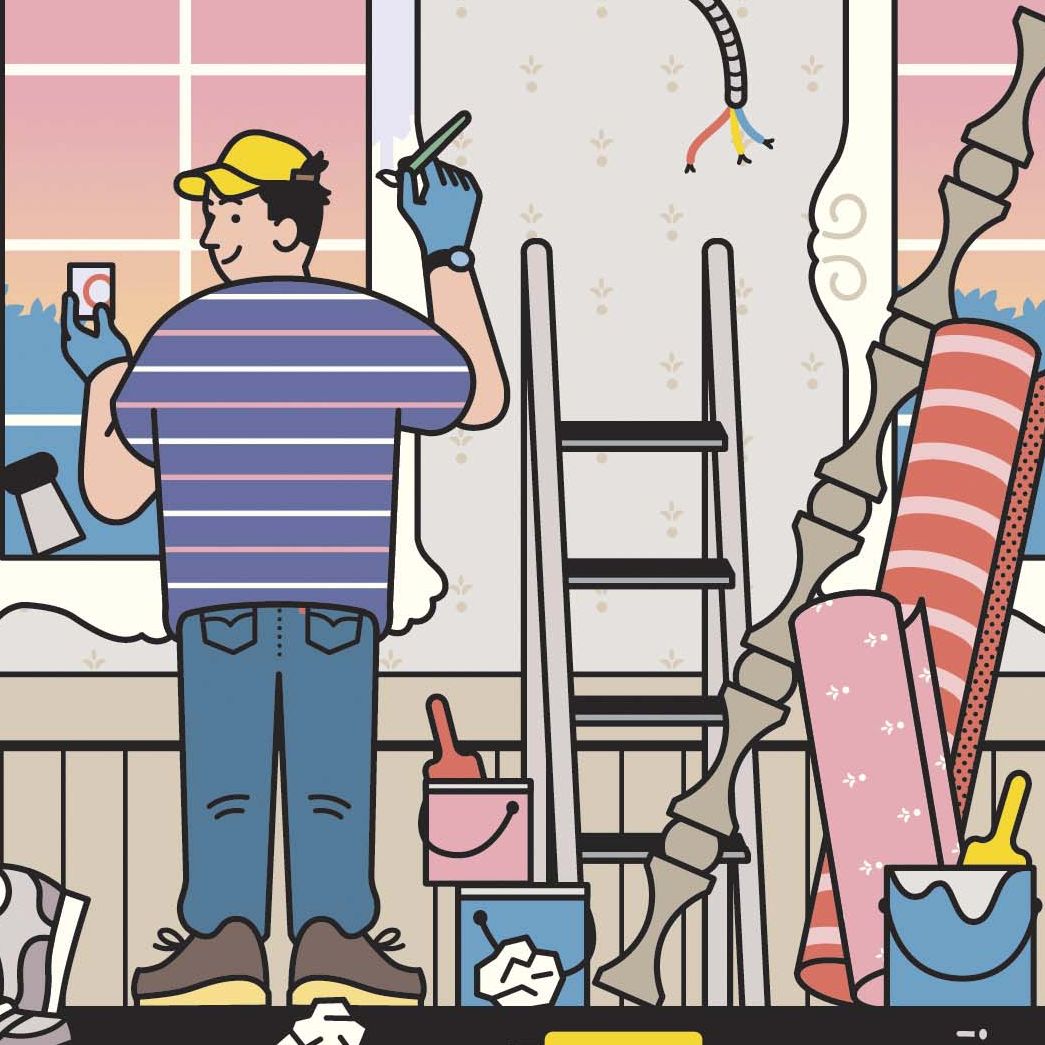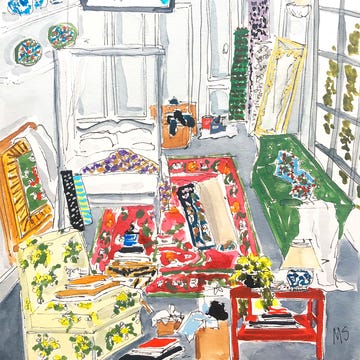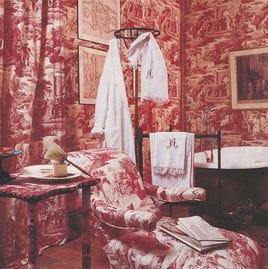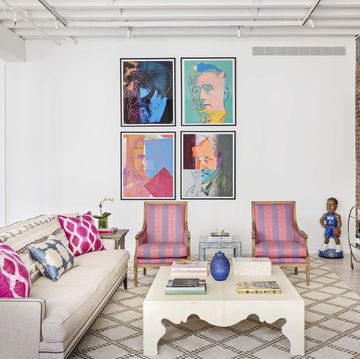As you’re drawing up your plans, it’s good to take a moment to ask yourself, How much space do we really need? The answer may surprise you, according to a growing number of young families that have recently given downsizing a go (often for reasons like saving money, cutting down on maintenance, having less of an environmental impact, or spending more time together).
How did we get so caught up in sprawling square footage to begin with? There’s a concept called “shifting baseline syndrome,” which describes how our perception of what’s normal changes over time. In forest conservation circles, it’s used to describe how each new generation of outdoor enthusiasts accepts an ever-diminished wilderness without realizing that perhaps only a century earlier, what constituted a healthy landscape was far more lush. The same concept (in reverse) can be applied to American homes: In the past 50 years, the average square footage of a new build has skyrocketed—growth that, ironically, has coincided with a significant decline in household size. A 1,500-square-foot home where a couple raised three children a generation ago is now more likely to be seen as a starter home; similarly, a Victorian that once served as a multigenerational home with boarders or servants is now considered adequate for a small family. In short, while we’re primed to look at the single-family home and assume that’s how a property has been used for ages, the kind of living we take for granted is actually a shockingly recent invention.
“We're creatures of more,” says urban policy specialist Diana Lind, author of recently released book Brave New Home: Our Future in Smarter, Simpler, Happier Housing. As houses have inched ever larger, appliances like washing machines and refrigerators have been supersized to match—not to mention the near-ubiquity of double sinks in new builds. What’s driving that growth? Lately, it’s a builder’s pursuit of a better profit margin. “It's like restaurants creating big portions,” says Lind. “Developers build large houses because they can charge much more for more square footage.”
Don’t be afraid to build the house of your dreams—and to create the space you need. But Laura Fenton, author of The Little Book of Living Small, also suggests a radical reimagining of the space you’re currently in. Space-savers like Murphy beds, once sidelined to small studio apartments, can maximize square footage and make for an efficient bedroom-turned-office or play space-turned-bedroom. And small changes, like reclaiming vertical space (think: built-in bookcases and kitchen cabinetry that extend to the ceiling) or spending on custom closets can offer a significant storage upgrade within your existing footprint.
“There’s one family in the book where the women moved [to a smaller home] within their same city after realizing that they really even weren't using whole rooms in their house,” says Fenton. “They said, ‘What are we paying this extra mortgage for if there’s a room we haven’t even gotten to furnishing yet?’”
There are big-picture implications of living small, too—especially when it comes to the health of the planet. “This is a really significant thing that everyday people can do to reduce their environmental impact,” says Fenton. “Living in a small home uses fewer resources—at the beginning of its life cycle, by choosing to renovate rather than build new, and then in everyday energy use. Even if you're not living in a tiny studio, every time you’re opting for a slightly smaller house, it’s a choice to live a little bit more sustainably.”
Follow House Beautiful on Instagram.












